Growth in the Dairy Industry
The growth in the dairy industry serves as a pivotal driver for the Vacuum Filler Market. With an increasing global demand for dairy products, including cheese, yogurt, and milk-based beverages, manufacturers are seeking efficient filling solutions to meet production targets. Market Research Future reveal that the dairy sector is anticipated to expand at a rate of approximately 4% annually, prompting investments in advanced vacuum filling technologies. These systems are essential for maintaining product integrity and extending shelf life, which are critical factors in the dairy market. As producers strive to enhance their product offerings and meet consumer expectations, the Vacuum Filler Market is likely to see increased demand for innovative filling solutions tailored to the unique requirements of dairy processing.
Rising Demand for Processed Foods
The increasing consumer preference for convenience foods is driving the Vacuum Filler Market. As lifestyles become busier, there is a notable shift towards ready-to-eat and processed food products. This trend is reflected in market data, which indicates that the processed food sector is projected to grow at a compound annual growth rate of approximately 4.5% over the next five years. Consequently, manufacturers are investing in advanced vacuum filling technologies to enhance production efficiency and maintain product quality. The ability of vacuum fillers to ensure consistent filling and minimize air incorporation is crucial in meeting the demands of this evolving market. As a result, the Vacuum Filler Market is likely to experience substantial growth, driven by the need for innovative solutions that cater to the changing dietary preferences of consumers.
Expansion of the Meat Processing Sector
The expansion of the meat processing sector is a significant driver for the Vacuum Filler Market. With the rising consumption of meat products, particularly in emerging economies, there is an increasing need for efficient processing equipment. Market analysis suggests that the meat processing industry is expected to grow at a rate of around 5% annually, leading to heightened demand for vacuum fillers that can enhance product quality and shelf life. These machines are essential for ensuring uniformity in filling sausages and other meat products, which is critical for both consumer satisfaction and regulatory compliance. As meat processors seek to optimize their operations, the Vacuum Filler Market stands to benefit from this upward trend, as manufacturers invest in advanced filling technologies to meet the growing market needs.
Rising Health Consciousness Among Consumers
The rising health consciousness among consumers is influencing the Vacuum Filler Market, as there is a growing demand for healthier food options. Consumers are increasingly seeking products that are low in preservatives and additives, which necessitates the use of vacuum filling technology to maintain freshness and quality. Market trends indicate that the health food sector is expected to grow by approximately 5% over the next few years, leading to a surge in demand for vacuum fillers that can accommodate these requirements. Manufacturers are responding by developing filling solutions that cater to the production of organic and natural food products. As the focus on health and wellness continues to rise, the Vacuum Filler Market is poised for growth, driven by the need for equipment that supports the production of healthier food alternatives.
Technological Innovations in Food Processing
Technological innovations are reshaping the Vacuum Filler Market, as advancements in automation and precision engineering enhance the capabilities of vacuum fillers. The integration of smart technologies, such as IoT and AI, allows for real-time monitoring and control of the filling process, improving efficiency and reducing waste. Market data indicates that the adoption of automated filling systems is on the rise, with a projected increase of 6% in the next few years. This trend is particularly relevant for manufacturers aiming to streamline operations and reduce labor costs. As food safety regulations become more stringent, the demand for technologically advanced vacuum fillers that ensure compliance is likely to grow. Thus, the Vacuum Filler Market is positioned to thrive as companies embrace these innovations to enhance their production processes.


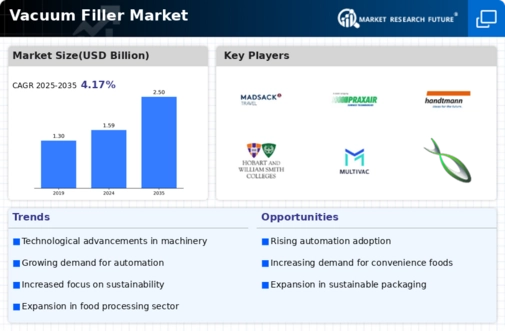
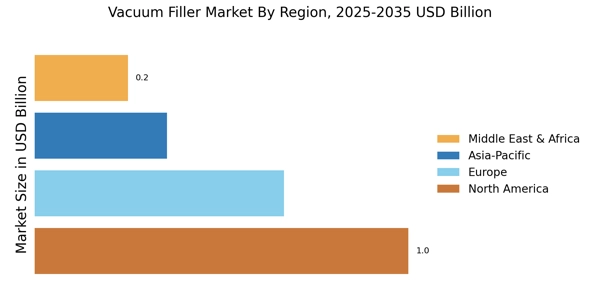

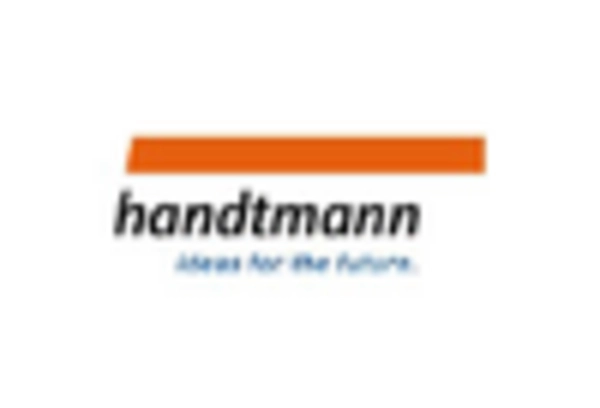
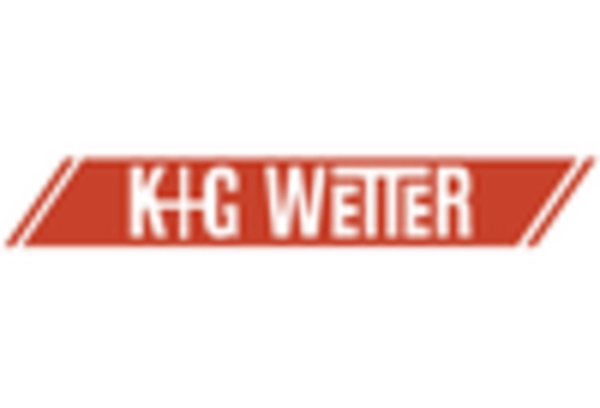

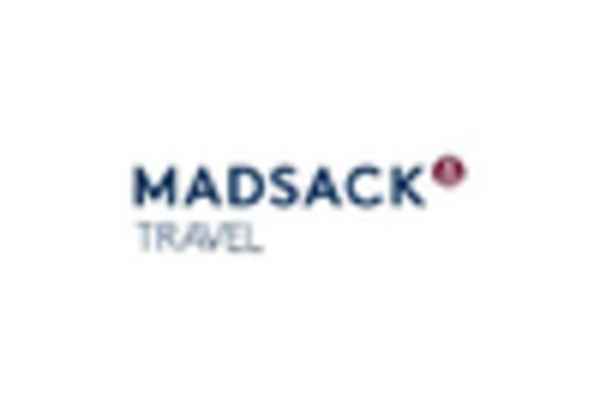
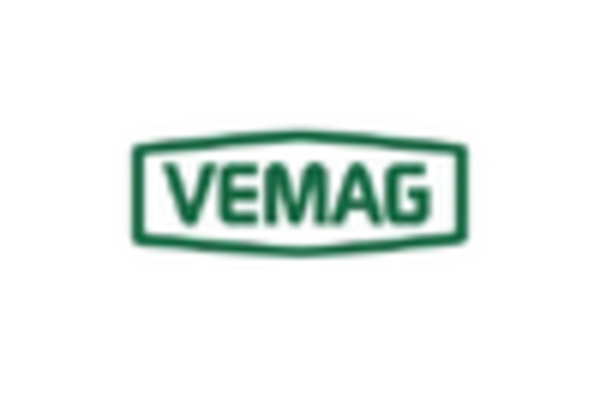








Leave a Comment